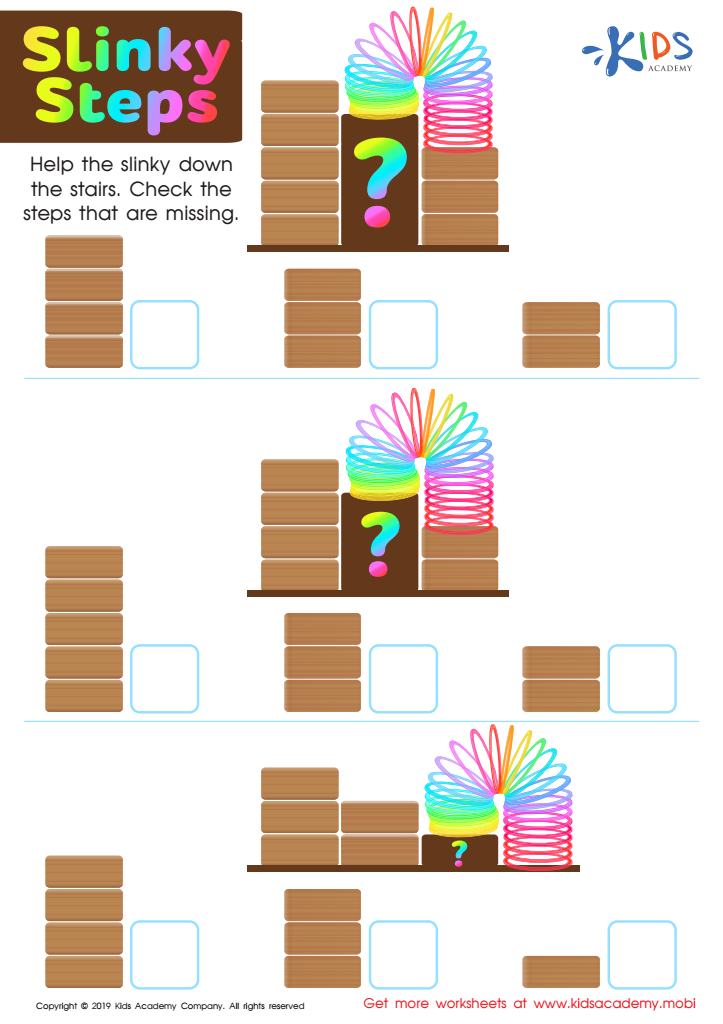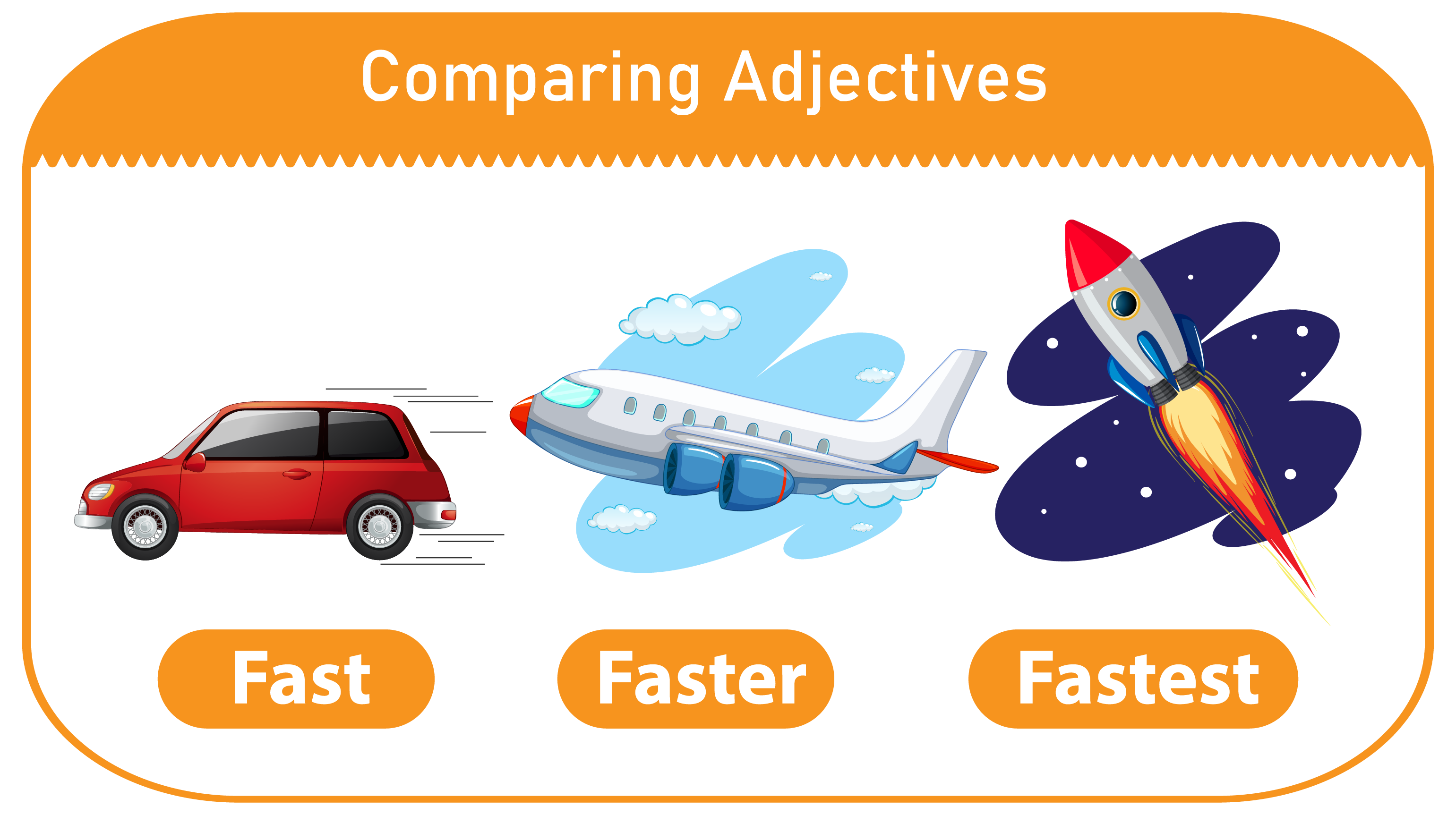Understanding patterns Easy Worksheets for Ages 4-8
7 filtered results
-
From - To
Unlock your child's potential with our "Understanding Patterns" easy worksheets designed for ages 4-8. These engaging activities introduce young learners to the fascinating world of patterns through fun, interactive exercises that develop critical thinking and problem-solving skills. Each worksheet is tailored to encourage creativity, enhance observation skills, and promote cognitive development. Whether it's recognizing, creating, or extending patterns, your child will build a strong foundation in this essential math concept. Perfect for home or classroom use, our worksheets provide a seamless learning experience that pairs well with playful exploration. Download now to help your child become a pattern-master!


Abe Lincoln Multiplication: 6’s Worksheet


Slinky Steps Worksheet


Patchwork Math Worksheet
Understanding patterns is a fundamental skill for young children aged 4-8, and parents and teachers should prioritize this concept for several reasons. Firstly, recognizing patterns fosters critical thinking and problem-solving skills. When children can identify sequences and relationships, they learn to make predictions and solve complex problems later in life.
Secondly, pattern recognition lays the groundwork for mathematical understanding. Early math skills, such as addition and subtraction, are often built on the ability to identify numerical patterns. By reinforcing pattern recognition through play and everyday activities, adults can help children develop a strong foundation in mathematics.
Moreover, understanding patterns enhances creativity and expressiveness. Children notice patterns in music, art, and nature, which can inspire their creativity. Engaging in activities like building blocks, drawing, or dancing allows them to explore these patterns and express themselves.
Additionally, learning about patterns helps children develop organizational skills. In everyday life, recognizing routines and schedules promotes responsibility and independence. Overall, encouraging pattern recognition supports children's cognitive, emotional, and social growth, making it vital for parents and teachers to integrate this skill into learning experiences during these formative years.
 Assign to My Students
Assign to My Students
























